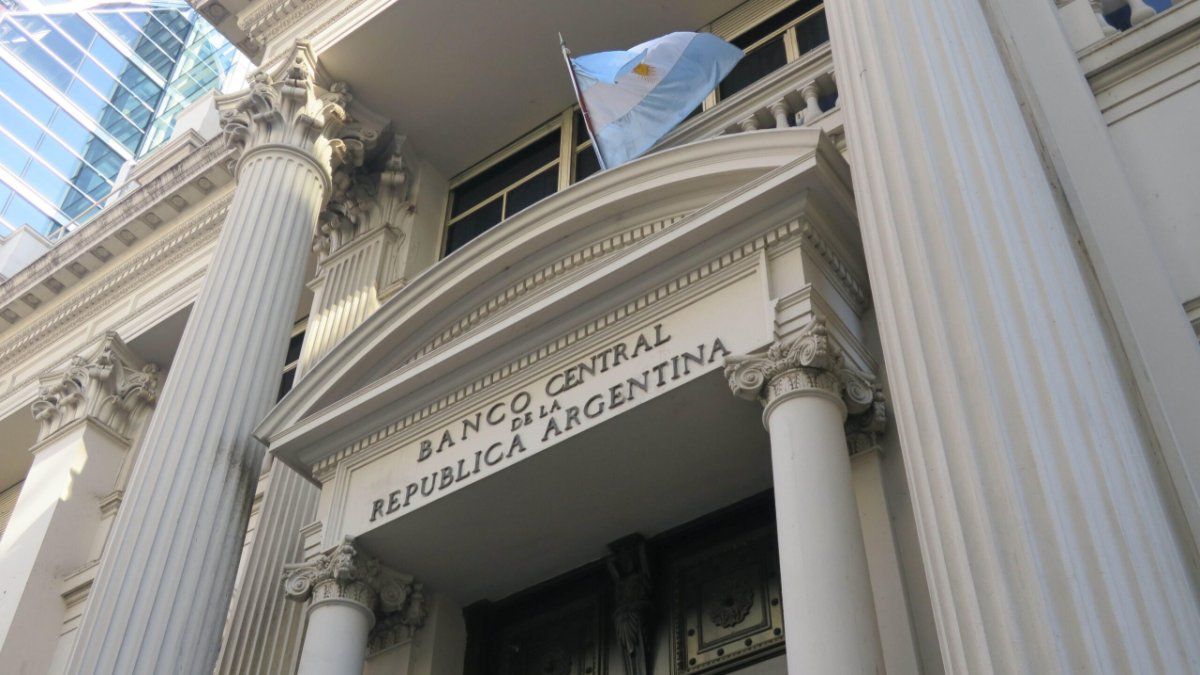Expectations, desire, enthusiasm, anxiety, are the words with which editors describe the arrival of the Fair after two years of suspension. This overwhelming energy also goes hand in hand with “uncertainty” due to the large economic investment that it means for the stands and due to the unpredictability that the pandemic installed as a conditioning behavior. Despite this, the system of spaces and publishers that traditionally gives life to the fair is still present in its diversity, from the Planeta conglomerate that has the best-selling authors and promises a 360° experience to the collective stands that bring together independent labels and It allows these publishers to empower themselves and meet the costs.
“We look forward to the fair very happily and expectantly for various reasons,” he tells Télam Carlos Diaz, director of Siglo XXI-. In the first place, it represents a return to a certain normality because for Argentine publishing houses it is an unavoidable annual routine: we all go, we all prepare well in advance, we make big bets. The fact that we didn’t have one for two years destabilized us a lot. We are very happy and everything indicates that it will go well, seeing what happened with the Publishers Fair or with other fairs that were held in the country, or even the Guadalajara Fair last year in Mexico, which were a success.”
While overcoming the difficulties of accessing paper to print the novelties -a problem that affects the sector-, Judith Wilhem, director of Calibroscope Editions, agrees that “after two years of absence, there is great expectation”, although at the same time that optimism is not dissociated from concerns: “On the one hand, many people are anxiously awaiting the return of the fair, but on the other hand we have become a little unaccustomed to events of this magnitude and we are a little disconcerted, but, definitely, with looking forward to meeting face to face with our readers”.
Many agree that the Fair has the potential of being a showcase rather than a profit, it is a bet and I find, as Díaz says: “It represents almost a month of billing, so the loss in this sense is great but we do not make such a move for the business rather, it is an activity more linked to the professional. So there we meet librarians, male and female readers, clients both from Argentina and abroad”.
That meeting, in the words of Santiago Satz, Planeta’s press and communication manager, is “irreplaceable” and that is why the fair’s suspension was “a direct blow to a super-installed event” located among the “most important in the world.” Therefore, the expectations “are the best, but two years passed without the Fair and a pandemic that forced us to reinvent ourselves so as not to lose that contact with the readers. Hopefully it will come out in the best way since the work and investment to carry out the fair is a lot”.
The other major publisher that, together with Planeta, leads the rankings of the best sellers is Penguin Random House and will also have a central space in the Palermo building. As its director of Marketing and Communication, Valeria Fernández Naya, explains, since 2020 they have not participated in a face-to-face meeting, everything was virtual. “We await with great joy and enthusiasm the new fair where readers, writers and books enjoy this great cultural festival.”
Expanded in about 45 thousand square meters, divided into pavilions, the publishing industry meets for three weeks and shows the juiciest of its production: large, medium, small, self-managed labels, bookstores, distributors from the country and abroad, as well as also countries, provinces and institutional spaces that put their geographies and writings in dialogue. To those stands that the labels rent to participate and that nourish the offer of books with an extraordinary volume, the Fundación El Libro incorporates its own spaces and “zones” to cross the books with different fields: childhoods, future, technologies.
And although the facet of international visits this year will be reduced due to the forecast difficulties involved in closing agendas -or because many authors did not resume their attendance at massive meetings-, the arrival of Mario Vargas Llosa, Javier Cercas, John Katzenbach, Paulina Flores or the young Romanian Miguel Gane, a poet who became known through Tik Tok; while from the local delegation the most convening names are Florencia Bonelli, Claudia Piñeiro, Paulina Cocina, Gabriel Rolón, Eduardo Sacheri, Camila Sosa Villada, Diego Golombek, Luis Pescetti, Jorge Fernández Díaz, Liniers or Facundo Arana.
In the stands of bookstores, countries and distributors you can find several stamps, but also in the collective stands, that modality that medium and small stamps installed to ensure their participation in the event. For example, the seven logos shared by Adriana Hidalgo, Beatriz Viterbo, Caja Negra, Creatura, Katz, Eterna Cadencia and Mardulce have been working for eight years; there is also La Sensación between Blatt and Ríos, Mansalva and Caballo Negro; the stand that brings together Godot, Gourmet, Entropy, The Cursed Party, Leteo; the space “Every book is political” with Milena Caserola, Heck, Tinta Limón and other publishers, or the stand that weaves together the Limonero catalogs with Iamiqué and the Spanish Kalandraka, Algar and Fulgencio Pimentel. “Going to the fair together empowers us,” says Tamara Grosso, press officer for Eterna Cadencia.
Although these publishers usually have alternative meeting and sales spaces that last fewer days, participation in the Book Fair has a projection that other channels do not give it. “It has a very different profile -explains Enrique Bellande, in charge of the distributor Blatt y Ríos, which this year is participating in the fair for the first time-: it lasts almost a month and people from very diverse backgrounds come together, children, students, retirees, crowds and we think that is attractive. There is no equivalent to the Fair”.
This transversality makes it a cultural milestone, which translates into the possibility of establishing business links with unknown people or with whom one works virtually; in some cases it also represents a higher volume of sales but more significant is the visibility that the monumental gives it. Says Maximiliano Papandrea, editor of Sigilo: “The massiveness is perhaps the most notorious feature of the fair, and the fact that people come not only from Buenos Aires but from all over the country and also from other countries. For us, massiveness is synonymous with something as simple as it is important: a great opportunity for people who don’t know us yet to get to know us”.
Alejo Carbonell, from Caballo Negro, agrees that the breadth of the public “makes the difference because it changes the spectrum of readers, it is no longer about niches, but about something broader that is a real challenge for the smaller publishers, in the sense of knowing where they stand when the reading public exceeds their immediate periphery”.
For his part, Manuel Rud, from Limonero, defines it as a “central event for visibility and commercial positioning” and “an unavoidable opportunity to make our catalog known to a mass public”, despite the fact that it implies “a great effort by the publishers, since it is a long fair attended by a large number of people”.
The conjunction that enables the fair “both small and medium-sized labels, as well as large transnationals”, says Matías Reck, from Milena Caserola, “we like it, we are interested, but we are also interested in other spaces such as Zona Futuro, the Orgullo and Prejudice, the teaching area” and adds a certain discomfort: “The La Rural property has always caused us contradiction; with the Fair we turn blind eyes and deaf ears and we are present there disputing a place within the publishing industry but also showing our productions” .
From the other side of the mountain range, the editor Nicolás Leyton of the Chilean publisher La Pollera, whose books can be found at the stand of the distributor Big Sur, recognizes in the Buenos Aires event a possibility that he does not find in other places: “Unlike of the FIL in Santiago, the one in Buenos Aires effectively brings together people from other countries and is a springboard for other markets and authors, to reach other countries and thus other readers and authors”.
Also the Uruguayan editor Julia Ortiz, responsible for Criatura Editora, says that “from Montevideo we have missed the face-to-face publishing events in the last two years” and in that sense “the La Rural fair is the opportunity to meet again with readers from Argentina, some even who, like us, make the trip of several kilometers to look for those books that are not available everywhere, to take the novelties that have just come out that are printed especially for the fair”.
Source: Ambito
David William is a talented author who has made a name for himself in the world of writing. He is a professional author who writes on a wide range of topics, from general interest to opinion news. David is currently working as a writer at 24 hours worlds where he brings his unique perspective and in-depth research to his articles, making them both informative and engaging.




